N-1wsletter #16: Robotic wheel truing, easier shifter housing replacement, and a surprisingly good gravel tire
You’re going to feel bad about making fun of tandems.
Featured in this week’s tech round-up:
It’s never too late.
Silca takes a second stab at tubeless sealant.
Berd wants to take the mystery out of wheel truing.
A better bike box?
Ibis’s updated Oso e-MTB gets better and (way) cheaper.
Purple FTW!
A bad day for BMC Kaius owners.
Challenge’s new lower-priced Getaway Race gravel tire is the real deal.
An easy way to replace internally routed shifter housing.
I snowboarded for more than two decades before deciding to switch over to skis a few years ago – partially because I was absolutely useless on the mountain in terms of helping our daughter learn to ski, but also because it just felt like it was time to mix things up.
To put it mildly, the process has been… humbling.
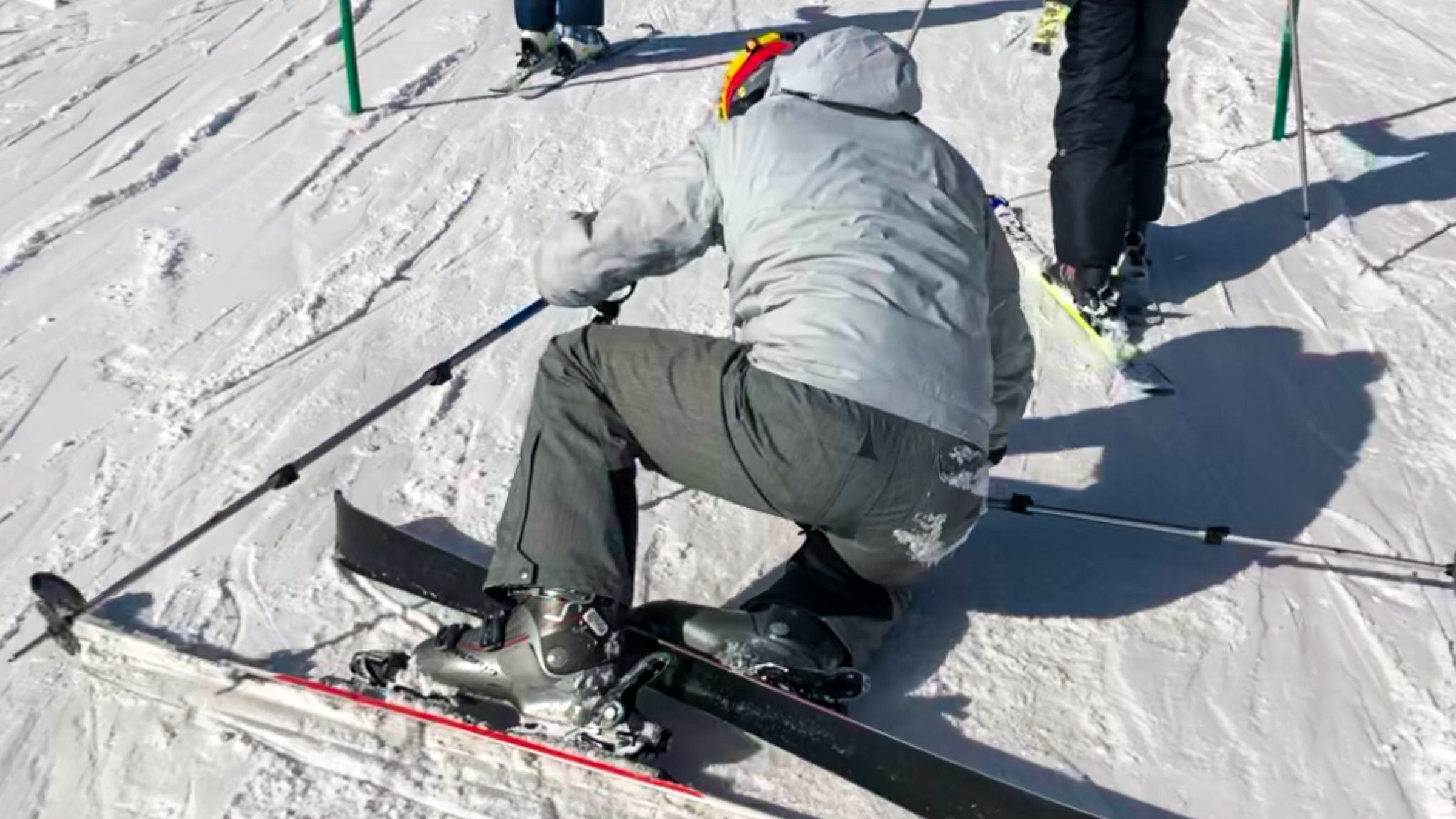
Even though I was very familiar with how edges worked on snow, having my feet operating independently with two long sticks attached felt awfully alien. I fell – a lot. I was frustrated – a lot. And I’m sure I cursed – a lot.
But I told myself I was going to stick with it, and this past Monday was one of the best I’d had on skis – not only because it was positively nuking snow all day, but also because I felt like I was finally really starting to get the hang of these things. I’m still finding uber-steep tree runs in deep snow to be a little intimidating, but I’m otherwise at least focusing more now on having fun and getting better than merely staying upright.
I rode one of Winter Park’s slow-moving two-person chairlifts with a woman who was just getting started with her day. As is often the case when you get parents together, the conversation turned to our kids, and she said something about her older son recently switching from skiing to snowboarding, and how she couldn’t imagine doing the same later in adulthood as we both found ourselves.
I thought about my own situation, but also a good friend I was skiing with that day, who was just a few chairs behind me. Matt Pacocha was formerly a competing tech editor at Velonews, later a colleague at BikeRadar, and then more recently the marketing guy at Stages Cycling (he also ran his own marketing and brand development firm in between called Send Strategy). He and I have ridden together in both professional and personal settings across two decades, three continents, and multiple disciplines, and I’ve not only gotten pretty close to him personally, but also watched him progress and evolve as a rider.
Earlier on, I knew him more as a roadie/CX/XC guy. At a RockShox media event in Moab, Utah, almost 20 years ago, then-product manager Jeremiah Boobar told Matt and I that we “turned too much” – a reference to how we were more apt at the time to ride around stuff than launch over it. We saw the trail in two dimensions rather than three.
It’s something I’ve heard in my head on repeat since then, but Matt clearly took more motivation from that gentle ribbing than I did. During one trail ride last summer, I watched mouth agape as he leaped over a set of roots (on a 170 mm-travel bike) that I’d never even thought to boost off of. Needless to say, he gapped me immediately.
Matt’s always had more natural talent than me, but this sort of progression wasn’t a matter of genetics. He’s also always been much more methodical and deliberate about building his skillset than I am, and he got to this point by working at it over the course of multiple years – trying, failing, crashing, learning, over and over again.
Just a few months ago, I was chatting with another cycling journalist Matt – Matt Wragg – about cornering technique. Specifically, it was how most of us never actually learned how to ride. Riding wasn’t something we were taught, but rather something we just did, and gradually got better at. That sort of approach isn’t a bad way to build fitness over time, but skill is another thing entirely, and for some reason, most of us seem to prefer just figuring things out on our own (or not, as the case may be).
Cycling is a technical sport and there are many aspects of it that don’t necessarily come naturally (at least not for everyone, and not for every skill). Shouldn’t we be more open to things like formal instruction or at least, perhaps more systematic trial-and-error? After all, I took lessons when I was first learning to ski, and still get mini-lessons from more experienced friends and family that I always find incredibly helpful. Why should riding bikes be any different? If we only ever just head out and pedal like we always do, does that actually make us better cyclists?
I consider myself a pretty decent trail rider, but I’ll be the first to admit I suck at manuals and bunnyhopping (jumping in general, actually), probably because I never devote the time to work at it. And so year after year, I still suck at manuals and bunnyhopping and jumping, while I watch my more studious buddies literally fly away from me in the bike park.
Let’s be realistic here: I’m closer to the end of my life than the beginning of it, and I’m not about to go transform myself into a dirt jumper or start hucking my meat off of the biggest drops I can find. I don’t bounce off the ground the way I used to, and the realities of adulting mean I can’t easily get away with being out of commission for weeks or months at a time.
But dammit, I’m going to put in the work this season. I’m sure not getting fitter and/or faster as the years get on, but I can at least make a point of getting better, no?
In the news
Silca is betting real money on its second-generation Ultimate tubeless sealant
Silca has just announced a revamped formulation of its Ultimate tubeless tire sealant, which features a new ammonia-free natural and synthetic latex blend (supposedly an industry first), integrated foaming agents to promote more complete casing coverage, and revised carbon fiber additives to help physically plug holes.
Silca says the natural latex component is better at sealing punctures than the synthetic stuff, but that the synthetic portion extends longevity while also providing compatibility with CO2 inflators. Combined with those carbon fibers and the foaming agent, Silca claims the Ultimate sealant will seal holes up to 7 mm in diameter (under lower-pressure conditions, surely), but yet will supposedly last for over six months, “even in desert climates.”
As a nice bonus, Silca says the new stuff can now be injected directly through a standard valve stem (the old formula would clog almost instantly). But unfortunately, the old and new formulas aren’t compatible with each other so if you somehow still have a bottle of the original stuff that’s still liquid, you won’t be able to mix the two.
These all sound like pretty bold statements, no? Agreed, but Silca believes in this latest formulation so strongly that if you get a puncture that won’t seal while using Ultimate sealant in a Lifetime Grand Prix gravel event this season, the company will pay you US$500. Well, maybe not you, specifically. Unfortunately, that bonus only applies to Silca-sponsored athletes, not anyone else in the field who happens to be using the stuff.
Silca’s new Ultimate sealant will retail for US$42 / £42 / €49 / AU$69 for a one-liter bottle, US$24 / £24 / €29 / AU$44 for a half-liter bottle, and US$6 / £6 / €7 / AU$n/a for a 65 mL single-shot.
I recently received a couple of bottles for test, so let’s see how it does.
Berd Spokes’ new Trudi automated wheel truing system is potentially groundbreaking
I’ve often heard people describe wheel building and truing as a sort of black art in the sense that mastery can supposedly only come after years of practice. Well, the folks at Berd Spokes would like to shorten up that timeline a bit – ideally, to zero.
The company has previewed a new computerized wheel truing system called Trudi, and it’s awfully intriguing. At first glance, it sort of looks like a fancy truing stand with a tablet display on one side. But that display is integrated with electronic gauges for trueness and roundness, plus a digital tensiometer. Taken together, the system can use all of that information to create a complete snapshot of the wheel’s initial condition.
It’s what happens from there that’s really impressive.
Also built into the system is a motorized nipple driver. According to Berd, Trudi uses that electronic snapshot to calculate exactly how much each nipple has to turn to produce a perfectly true, round, and dished wheel. Theoretically, all the operator has to do is make sure they’re applying the nipple driver to the correct rim hole, and Trudi does the rest.
Berd isn’t yet releasing the full details until the end of March at the Taipei Cycle Show, perhaps hoping to woo some of the countless OEM assembly factories into buying a few Trudis of their own. A couple of things are clear, though: it’s super interesting, and with a retail price of US$7,000, it definitely isn’t aimed at home use.
I’ve got an idea for this thing and it sounds like the folks at Berd might actually be on board, so hopefully I’ll be able to share more soon.
Bikeflights introduces a better bike box
When it comes to flying with or shipping your bike, you’ve got countless options for travel cases: hard shell, soft shell, and hybrids in between, all of which are usually pretty expensive. But what if none of those are in your budget? A recycled cardboard bike box from a local shop can also do the trick, but that low cost (sometimes free) often comes with a less-than-pristine condition, so-so levels of protection, and the need for lots of disassembly.
As an alternative, the folks at Bikeflights have just released the second iteration of its fancier cardboard shipping box, aptly called the Bike Box Large. Many might balk at the idea of paying US$100 for a cardboard box, but in fairness to Bikeflights, it’s quite the box.
The design features heavy-duty double-layered corrugated cardboard construction with overlapping upper and lower caps, lots of internal bracing, dedicated slots and protective sleeves for wheels and forks, included small parts storage (which is basically just a padded envelope, to be clear), heavily reinforced grab handles, and dropout spacers to prevent fork damage, all of which are secured with handy bungee cords and plastic turn-lock fasteners so you’re not relying on packing tape to hold the whole thing together.
According to Bikeflights, the new BBL can, “withstand multiple drops of 18 inches and 36 inches, a horizontal compression force of up to 229 pounds, a vertical compression force of up to 1,732 pounds, and sustained vibration while loaded up to 300 pounds.”
The new BBL is larger than the first-gen version at 163x36x18 cm (64x14x7 in), and Bikeflights says it’s big enough even for most longer-travel mountain bikes. Bikeflights makes smaller and larger versions with the same design, too, but the “large” is probably the most popular.
Regardless, even well-designed corrugated cardboard isn’t going to last forever – especially when airline baggage handlers get involved – and Bikeflights seems realistic about the BBL’s longevity. Bikeflights says the BBL is designed for at least one round-trip or two one-way journeys, “although we have found in our own experience that we often get more shipments per box.” And unlike traditional hard or soft cases, you can easily recycle the BBL when it’s too far gone, save for a few smaller plastic bits.
Bikeflights ships the BBL in a collapsed form that’s impressively compact yet surprisingly easy to assemble with printed QR codes for handy instructional videos. Even broken down like this, you can expect a fairly substantial shipping charge to get it to your door, if for no other reason than its 10 kg (22 lb) heft. For my address in Colorado, for example, the shipping fee is right around US$40, or nearly an additional 40% on top of the price of the box itself.
For frequent flyers, it’ll probably make more sense to go the traditional route with a dedicated travel case. But for riders who need to travel with their bikes only occasionally and still want a fairly high level of protection, this might be a decent way to go.
Ibis makes its Oso e-MTB better… and cheaper?
Ibis just dropped a nice little surprise. The California brand just added some meaningful improvements to its Oso full-power e-MTB, but also dropped the price nearly in half. For real.
To help clean up the once-cluttered cockpit, the updated 2025 Oso now sports an integrated top tube display and wireless mini-handlebar remote controller for the Bosch Performance Line CX motor system. The carbon frame has also been stiffened up “in key areas” for more predictable handling in demanding conditions, the plastic down tube and motor guards are bigger and beefier for more robust and durable protection, the graphics are more subtle and mature-looking, and Ibis says it’s even added a dedicated staffer to handle Bosch support issues for non-US customers.
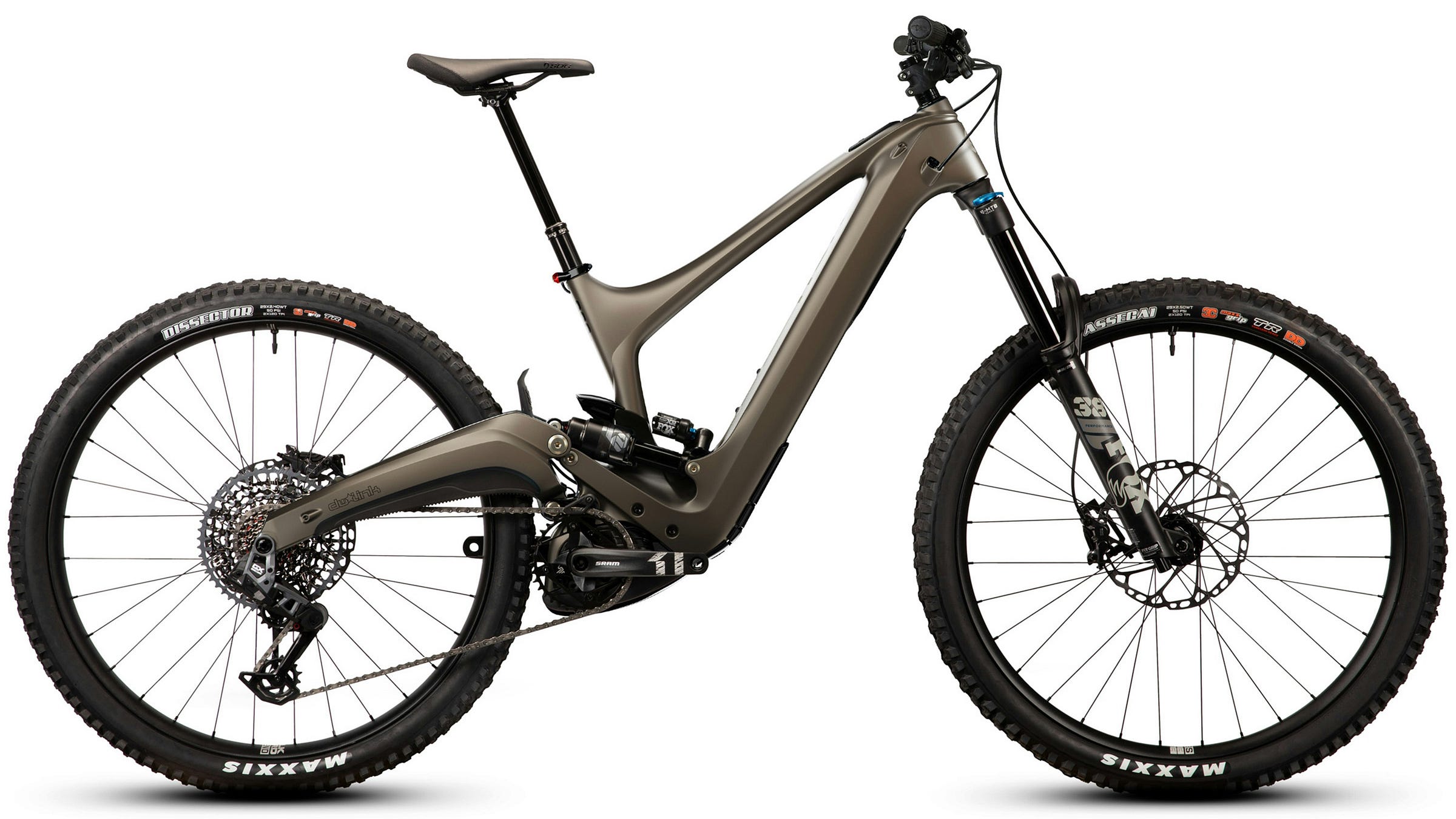
And if you’re one to regularly underestimate your ride time vs. when the sun is going down, Ibis is even including (but not pre-installing) a 900-lumen Lupine SL F Nano front headlight. A Lupine C14 rear light is integrated directly into the seatpost collar, and both are powered by the removable 750 Wh Bosch PowerTube main battery.
Spec is largely unchanged, including a SRAM GX Eagle Transmission 1x12 wireless electronic drivetrain with Shimano Deore XT four-piston disc brakes, Fox Performance-level 38 fork and X2 rear shock (170 mm-travel front; 155 mm rear), Blackbird aluminum rims on Ibis hubs wrapped with Maxxis Assegai and Minion DHR II tires (mullet on S and M sizes; dual 29er on L and XL), a Bike Yoke Revive dropper seatpost, and a house-brand aluminum stem and carbon bar. Total weight should be right around 24 kg (53 lb) for a size L bike without pedals or accessories.
If all of this sounds a little too good to be true, that’s because it kind of might be. Let’s just say that while this isn’t technically a sale per se, interested parties probably shouldn’t drag their feet for too long.
“This margin strategy isn't sustainable in the long term,” Ibis founder Scot Nicol told me. “We’ve been forced into discounting across several models for over two years now due to the current market conditions. That said, Ibis is in a good position. We're managing costs effectively and have significantly reduced our operating expenses. We're hopeful that the major players in the industry will curb their aggressive discounting practices, allowing us all to return to healthier margins.”
Hayes reintroduces purple-anodized Dominion disc brake sets
Hayes has just combined two of my favorite things.
The Dominion A4 is my go-to hydraulic mountain bike disc brake for its combination of outstanding power, linear progression, a consistently light and snappy lever feel, and incredible longevity. I bleed my sets once a year only because I should – not because I have to – and the little Crosshair alignment screws integrated into the calipers still make for the fastest and most precise setup of any disc brake I’ve used, by far.
But have I mentioned how much I like purple?
Hayes released a limited run of “Purple Hayes” Dominion A4 brakes in early 2024 with purple-anodized caliper bodies and lever blades, which (no surprise) quickly sold out. I guess someone at Hayes got tired of fielding requests for another run as the company has just announced another production batch that’s supposedly still “limited”, but hopefully a more generous allotment nonetheless.
Hayes isn’t charging any extra for the added bling, either. Retail price is the same as the standard Dominion A4 at US$250 / €278 per wheel (without rotor).
BMC announces Kaius 01 recall
Another day, another recall. This one comes from BMC, and it applies to all models of its Kaius 01 gravel race bike.
Here’s a snippet from the official notice:
“BMC Switzerland has become aware of a few instances where certain fork steerer tubes have separated under heavy duty riding conditions. While there are few reported instances to date, these instances are inconsistent with the standards that BMC holds itself to.
“BMC's driving force is to provide products that meet the highest performance expectations of both athletes and everyday riders. With this in mind, BMC has decided that the best course of action is to recall all Kaius 01 bicycles for inspection, and to replace the affected forks with a more robust version.”
More info can be found here.
TL;DR review: Challenge Getaway Race gravel tires
The Challenge Getaway and Getaway XP are two of my favorite all-around gravel tires. Their supple handmade polyester/cotton casings provide an exceptionally soft and supple ride, they’re some of the fastest-rolling tires out there with a full knobby tread, and they offer excellent grip in the sort of dry and often hardpacked conditions that typify my local stomping grounds.
However, they’re also quite expensive and not always the most durable when it comes to sharp rocks.
Challenge recently debuted a more budget-friendly Getaway Race model, and three months of testing suggests it might be just the ticket.
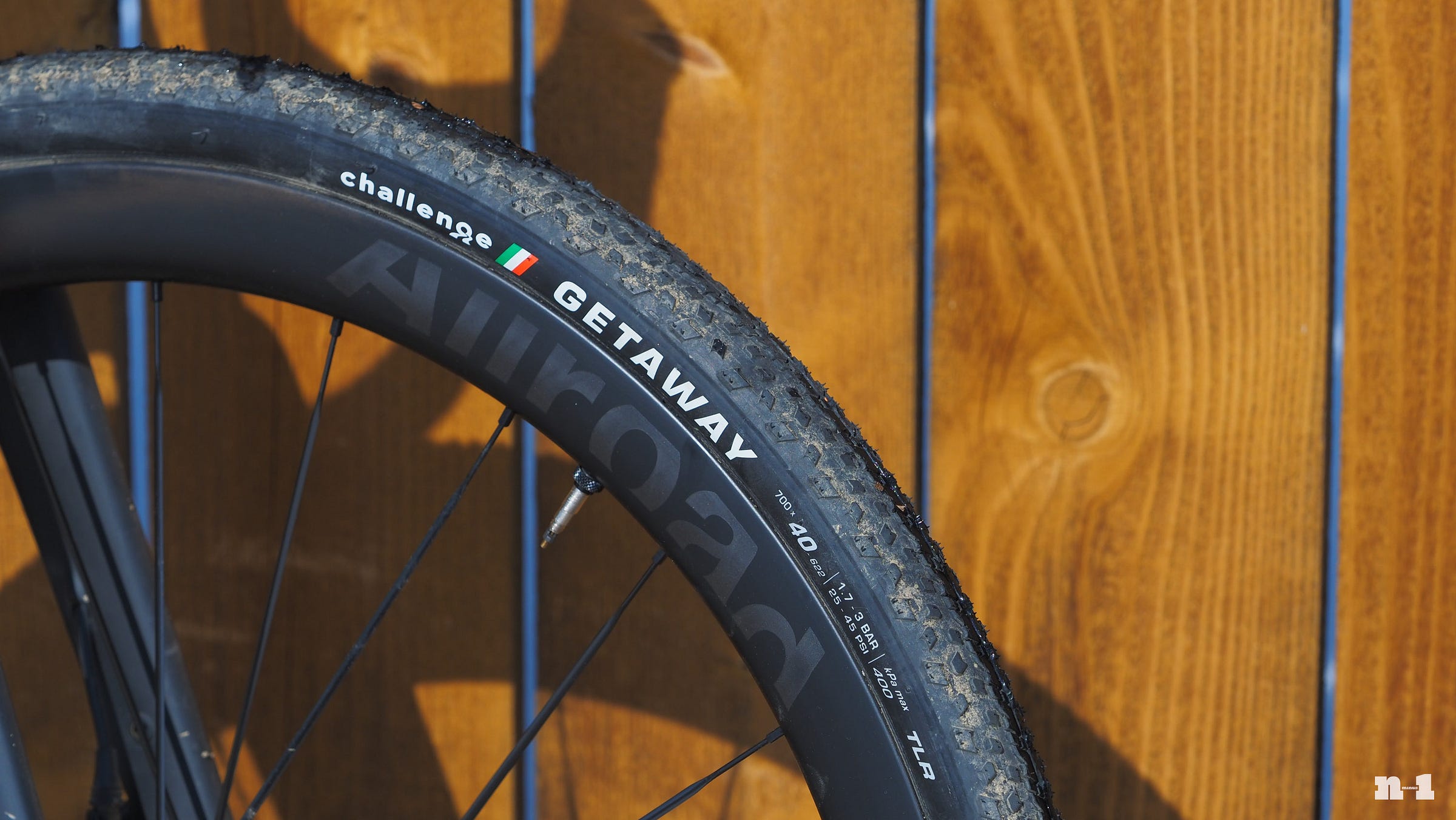
Unlike the fancier handmade versions that use a separate tread cap that’s glued on to the casing, the Getaway Race’s VTR (Vulcanized Tubeless Ready) setup uses a more common construction where the raw tread cap and casing are placed together in a mold, and then the whole thing is heated under pressure to cure everything together. It’s a less expensive way to make bicycle tires, but it also tends to produce tires that are stiffer-feeling and slower-rolling since the tread cap rubber infuses itself into the casing material, like a cotton T-shirt that’s been soaked in mud.
Additional cost savings come from the casing itself, which uses 60 TPI nylon construction instead of the much finer 260 TPI polycotton blend found in the handmade versions. And as is typical for Challenge, the Getaway Race’s tread cap is made of a single rubber compound instead of the more complex dual or even triple compound formulas that are sometimes used by other brands. Challenge says the Getaway Race’s compound is different from what’s found on handmade Getaway versions, but doesn’t specify exactly how.
Average actual weight for my 700x40 mm samples was 518 g, and retail price is US$60 / £62 / €55 / AU$TBC – still not cheap, but more than a third less expensive than the handmade versions.
A vulcanized 60 TPI nylon tire doesn’t typically make for a particularly high-performance tire, especially since Challenge easily could have went with a more flexible nylon casing with a higher thread count (120 TPI nylon is pretty common). But that’s also why the Getaway VTR has been such a pleasant surprise.
Indeed, the casing is less supple in your hands than Challenge’s flagship-level stuff, but it isn’t nearly as stiff as I would have expected from the specs. Maybe Challenge figured out how to squeeze out more rubber from between the threads? Or there’s some magic in the rubber compound used? Beats me.
However Challenge did it, the Getaway Race rolls far better than I figured it would. In fact, it actually feels downright fast – faster than most 120 TPI vulcanized nylon gravel tires I’ve used. Grip has also been excellent in most dry conditions, the rubber has been wearing decently well, and I haven’t gotten any flats on it, either.
Challenge has even made the Getaway Race perfectly reasonable to install, too. I was able to mount my test samples on most rims with just one tire lever at most (and more often, just by hand), and they also seated with a good high-volume floor pump. Actual inflated width was spot-on at 40 mm on a 25 mm-wide rim.
Part of the Getaway Race’s fast rolling characteristics are surely down to its tread design, which features a tightly packed center pattern with low-profile knobs throughout that aren’t even a full 2 mm-tall. As you’d expect, the Getaway Race can feel a little skittery if the conditions are particularly loose (though that’s hardly uncommon with most gravel tires), and it’s utterly useless in any sort of mud. Wet-conditions grip in general is pretty underwhelming.
Aside from that, my biggest gripe about the Getaway Race is that Challenge only offers it in a 700x40 mm size, which unfortunately only makes it ideally suited for less demanding unpaved surfaces. A 45 mm version is supposedly pending, but my guess is that if Challenge decides to develop a 50 mm anything, it’ll be for its more aggressively treaded Gravine model rather than the Getaway.
Other than that, I’ve been awfully happy with these. Get going on those 45s, Challenge.
ICYMI
At this point, there have been enough leaks and media reports that no one should be surprised Shimano is about to drop a second-generation XTR Di2 electronic mountain bike groupset. From what I’ve heard, it’ll be light, it’ll shift very quickly, the levers will be super ergonomic, and it’ll even incorporate some special features for e-bike use.
But will it make enough of a splash to claw back the massive advantage SRAM has built for itself in the mountain bike market over the last few years? That very much remains to be seen, but some key industry insiders offer up some awfully interesting insight that you’ll definitely want to hear.
One of the things I’ve enjoyed most about going independent is having more freedom to occasionally cooperate with other independent outlets in the cycling media space. Two recent projects have been particularly fun.
One was a podcast I recorded with veteran German mountain bike editor Jens Staudt of TestPilot, where the two of us most definitely showed our age with a look at the state of cycling media – past, present, and future. The two of us have watched firsthand as things went from print to digital, as digital media went from advertising to alternative business models, and now from legacy media to more individual voices. But are we just coming around full circle? Maybe. You can take a listen here.
I was also just recently a guest on Ben Delaney’s YouTube channel, where he and I discussed the ins and outs of gravel bike geometry. This was a particularly fun one to record – even if he did stiff me on breakfast.
Tech tip of the week
Winter weather has clearly put gluten at the front of my mind as it’s been a solid month since I’ve closed out the newsletter with a tech tip instead of a recipe. As much as I love fresh bread, it’s time to get back on track – at least until I can make it back to the store for some more flour.
As much as electronic drivetrains garner the lion’s share of the attention, the majority of bikes still run on good old fashioned braided steel cables and housing. Using good-quality and fresh cables and housing is key to maintaining peak performance, but installing new lines on a bike with internal routing (even if it’s external at the headset) is often enough of a pain that many home mechanics just deal with less-than-ideal shifting instead of dealing with the headache.
Well, quit dealing with it.
The most common method for replacing shifter housing is to rip the old stuff completely out of the frame and then fumble with feeding the new stuff through the various ports and guides (or if you’re lucky, your frame uses full-length guides). Instead of cursing your old housing, use it to your advantage.
All you’ll need is a tandem-length shifter cable. Specifically, Jagwire makes ones that are nearly 4.5 m-long, and you’ll want to get one of those somewhere since the typical 3.5 m-long tandem-length cables might not be long enough.
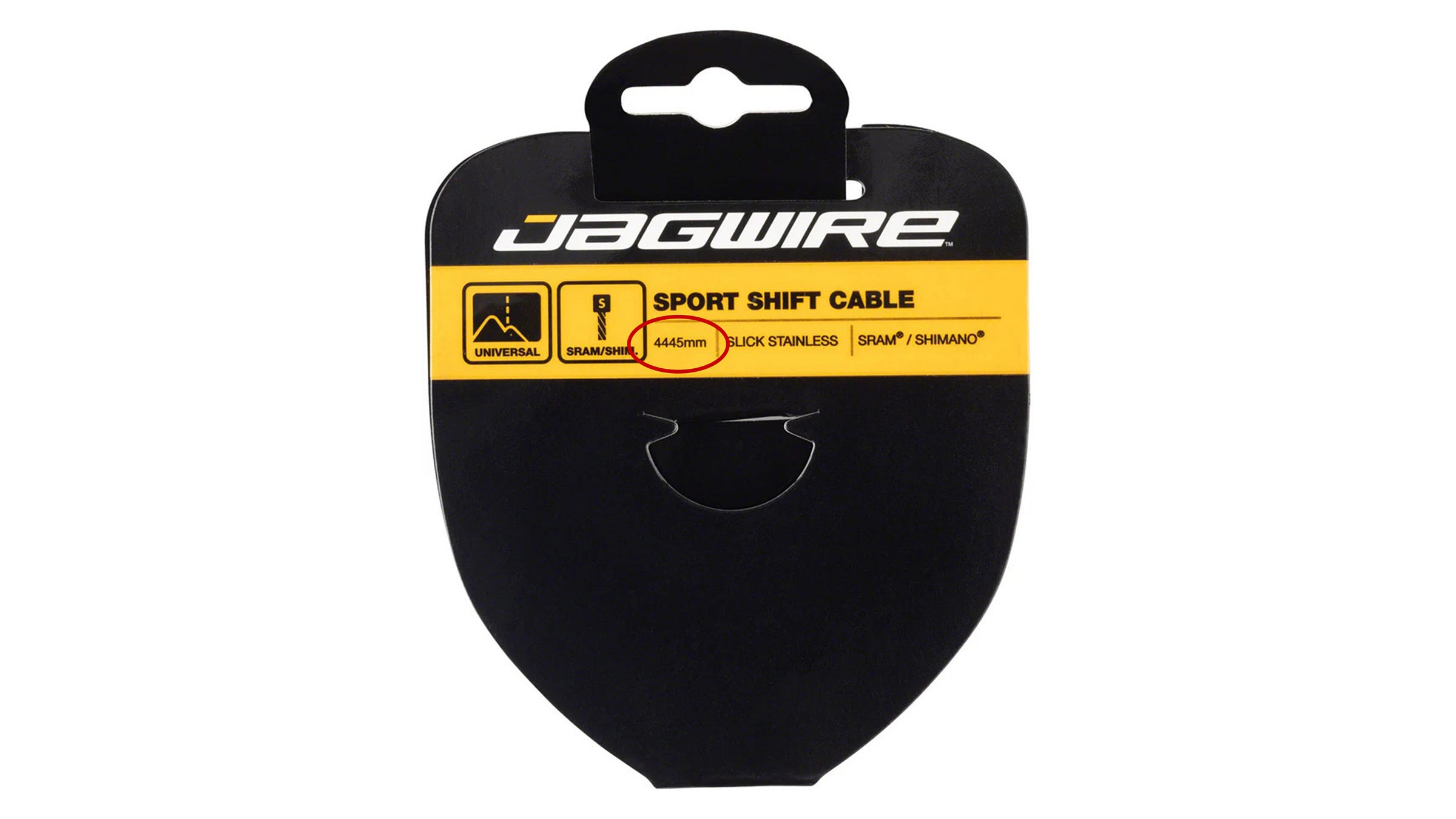
Cut a section of new housing that’s just a bit longer than your old stuff, remove the old inner cable, but leave the old housing in place. Run that extra-long Jagwire cable all the way through the new housing until the head butts up against the end. Now take the rest of the inner wire and run it through the old housing.
Unless you’re on a particularly large bike, that Jagwire cable should be long enough that there’s now a bit sticking through the second section of housing. As you pull on that exposed length of inner wire, you’ll yank the old housing out of your frame while simultaneously pulling the new section of housing into the frame right behind it.
Once the new length of housing is fully in place, toss out the old housing. But before you remove the inner cable, wipe it clean just in case it picked up some grime from the old stuff. From there, trim the ends of the new housing as needed, and then finish with the rest of the job.
Done.
Oh, and you can stop making fun of tandems now.
And that’s a wrap on another newsletter! Just one small announcement before I sign off.
I’ve received several requests for podcast versions of these written articles since they tend to be pretty long and not everyone has the time to read them in full. Fair enough, but I’m close to being maxed out as it is and I’d rather not double up on work just to release what is essentially the same content in a different medium. All is not lost, though. As it turns out, the Substack app already includes this functionality!
Just head to the article in question and look for the triangular ‘play’ icon at top right. Tap that, and Substack’s voice assistant will narrate the whole article from start to finish, complete with butchered technical pronunciations that typify those sorts of automated readers (although it at least gets my last name correct).
Pretty cool, eh? One of these days I’ll actually get the hang of this platform.


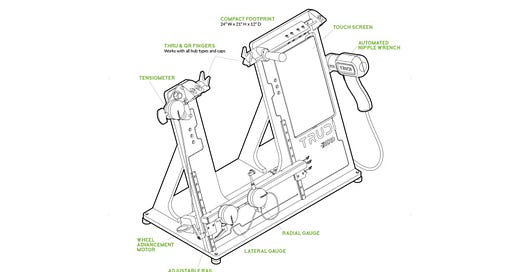


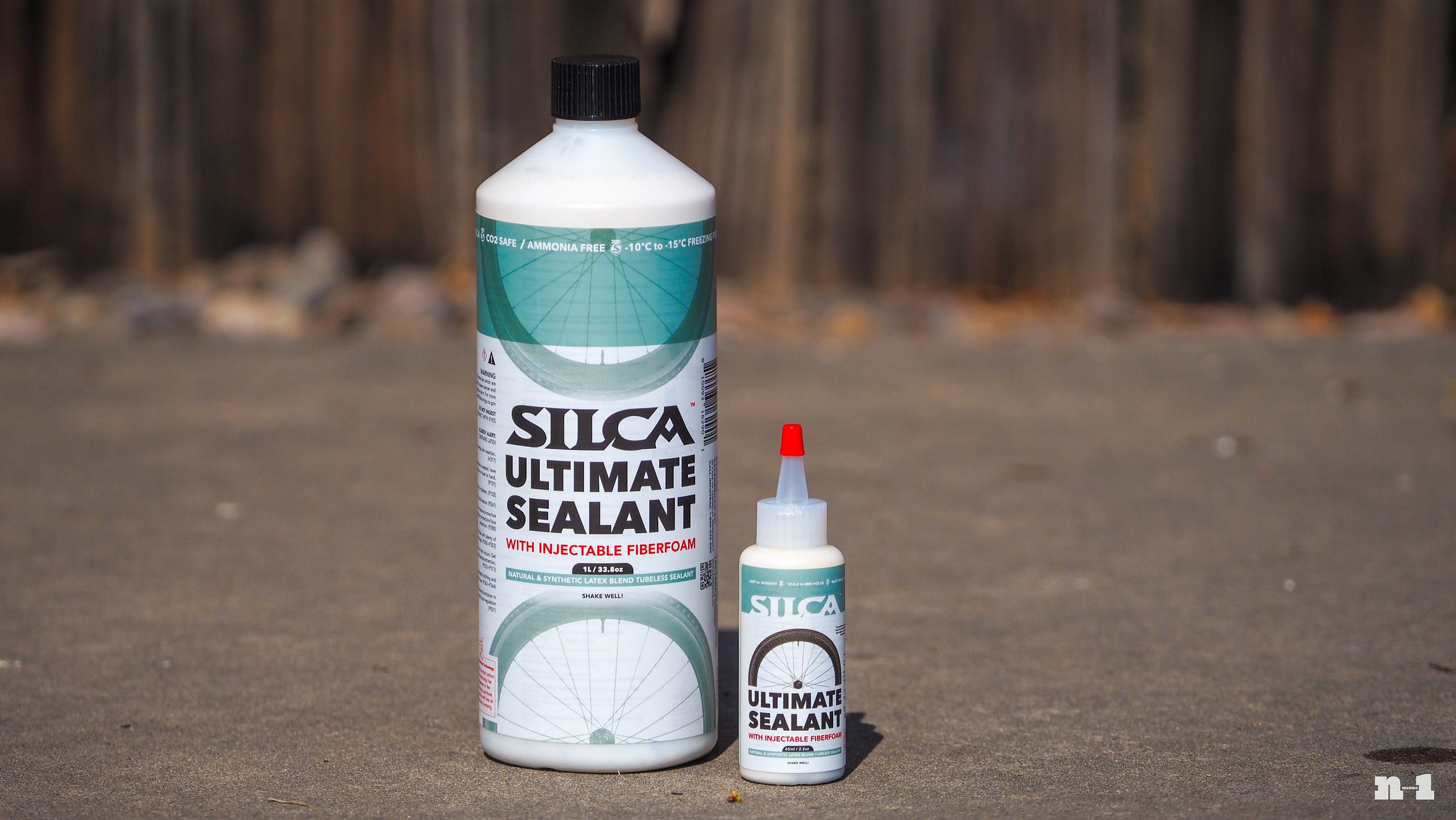

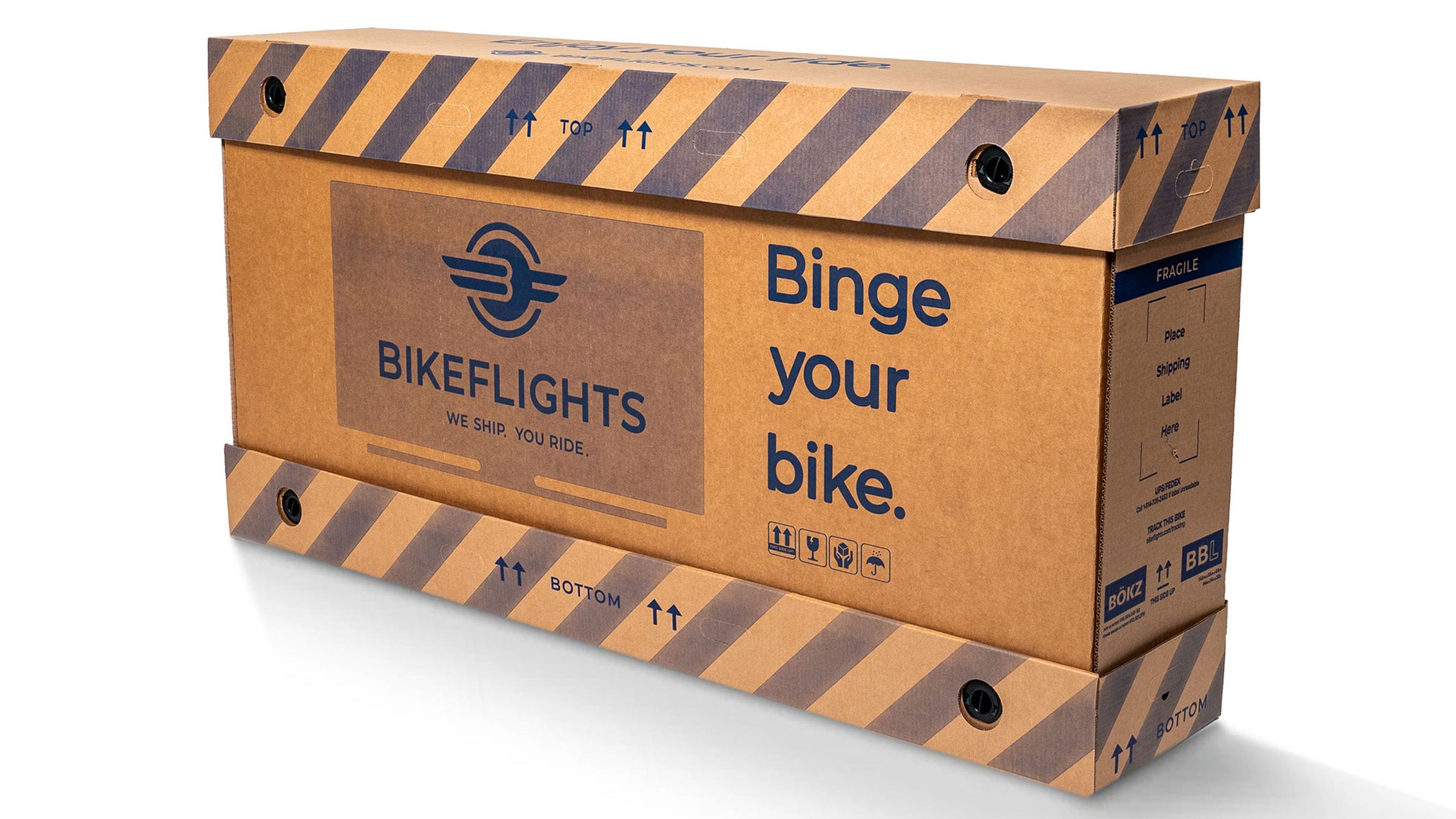
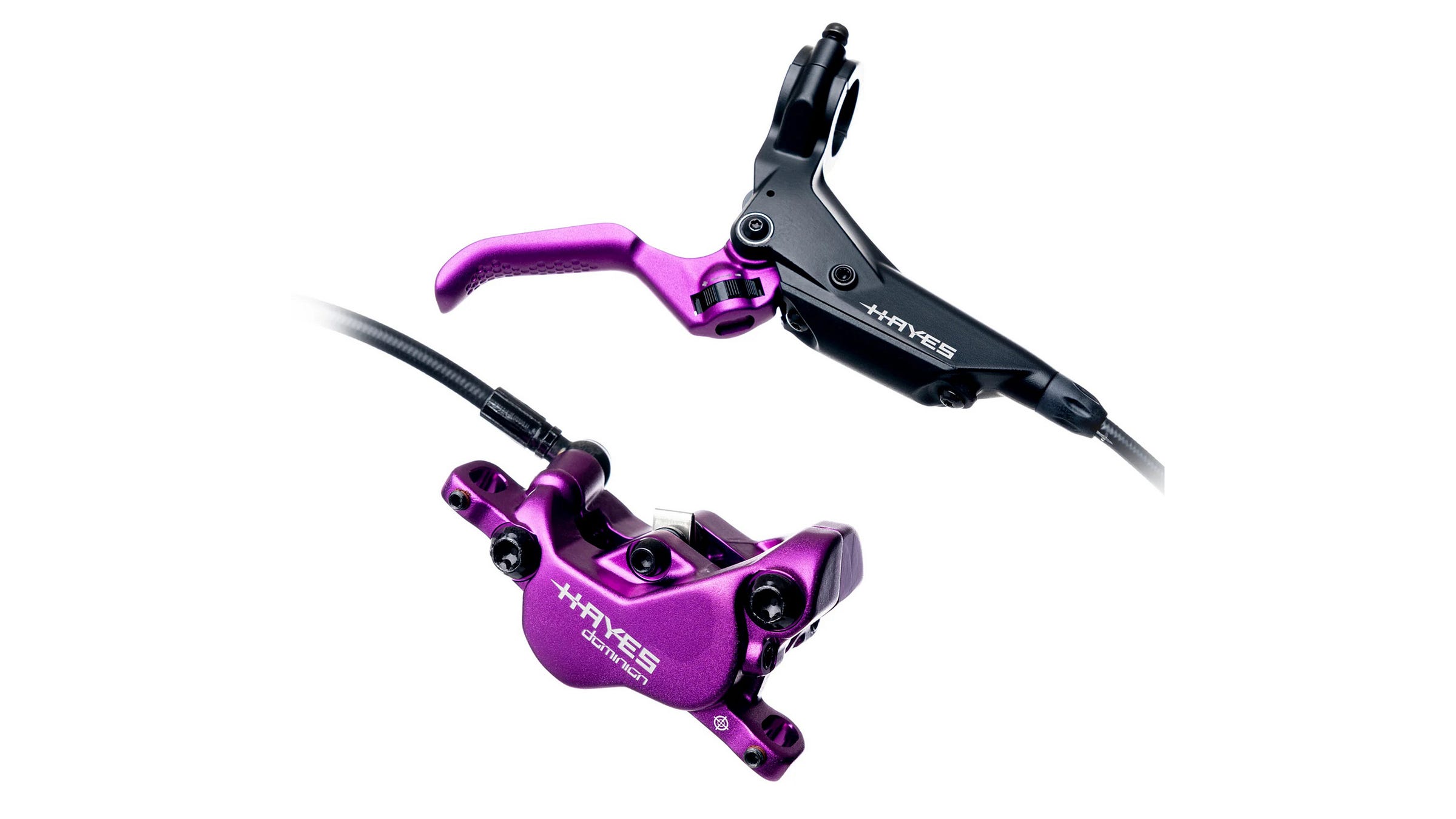
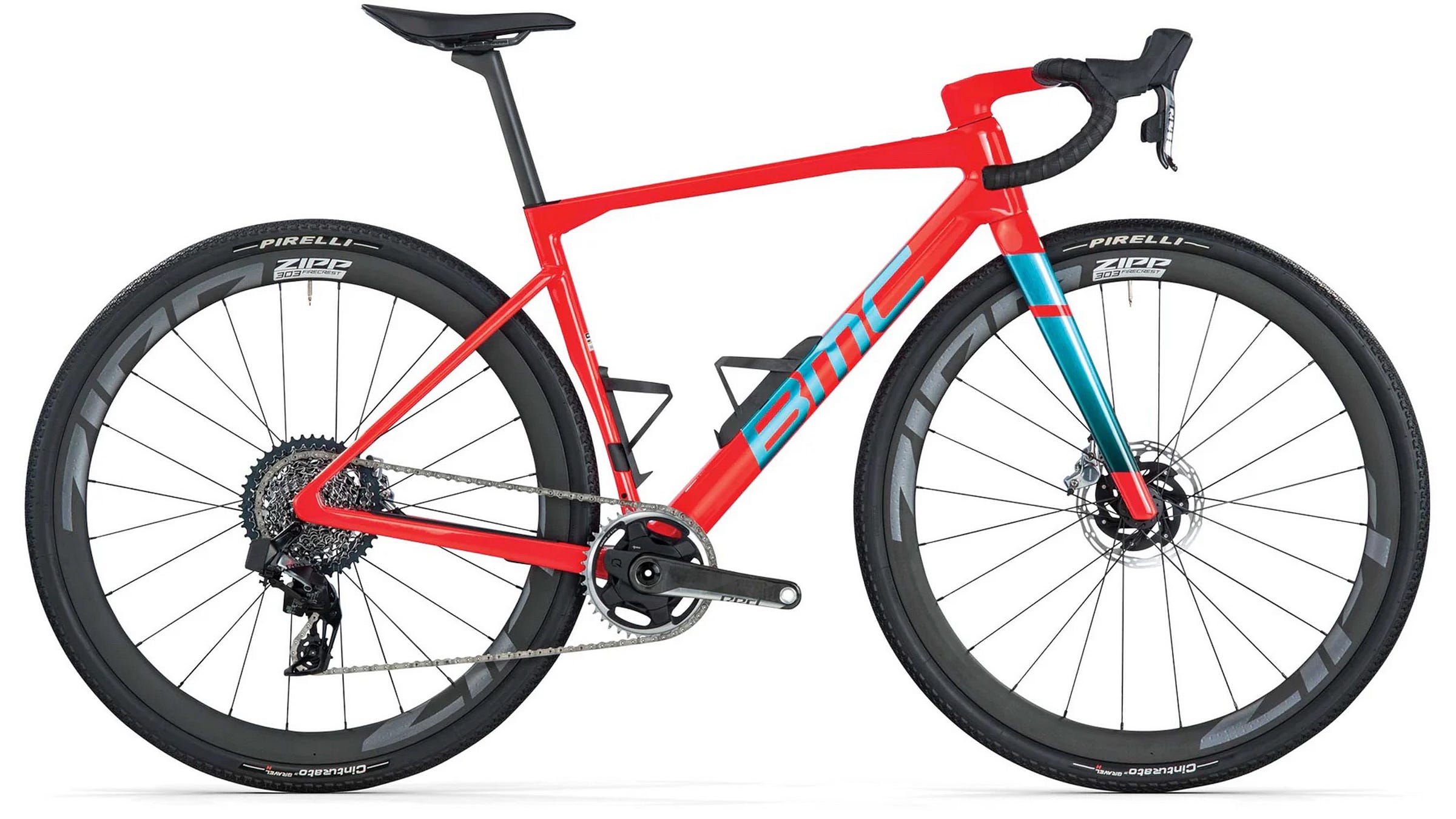
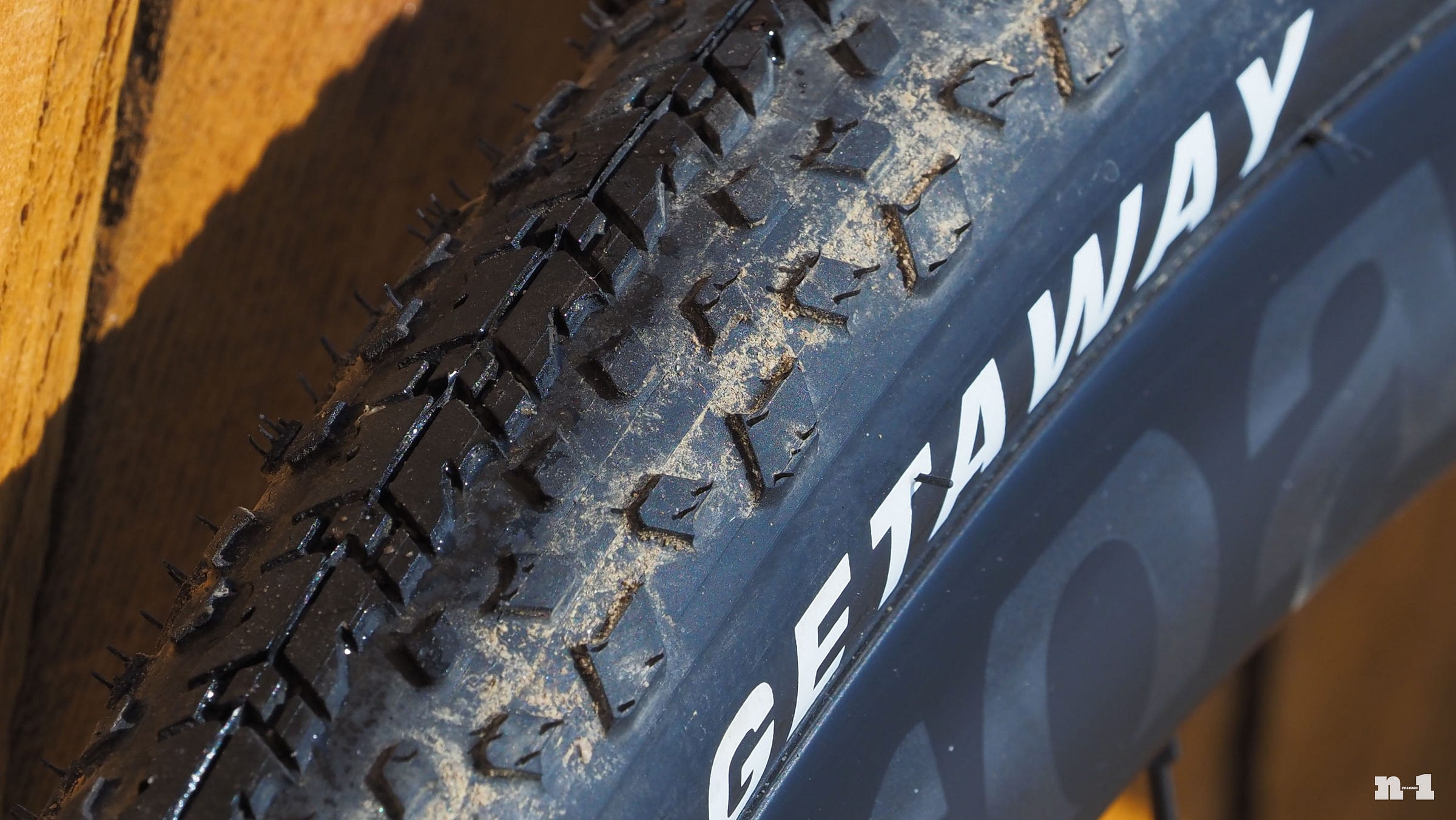
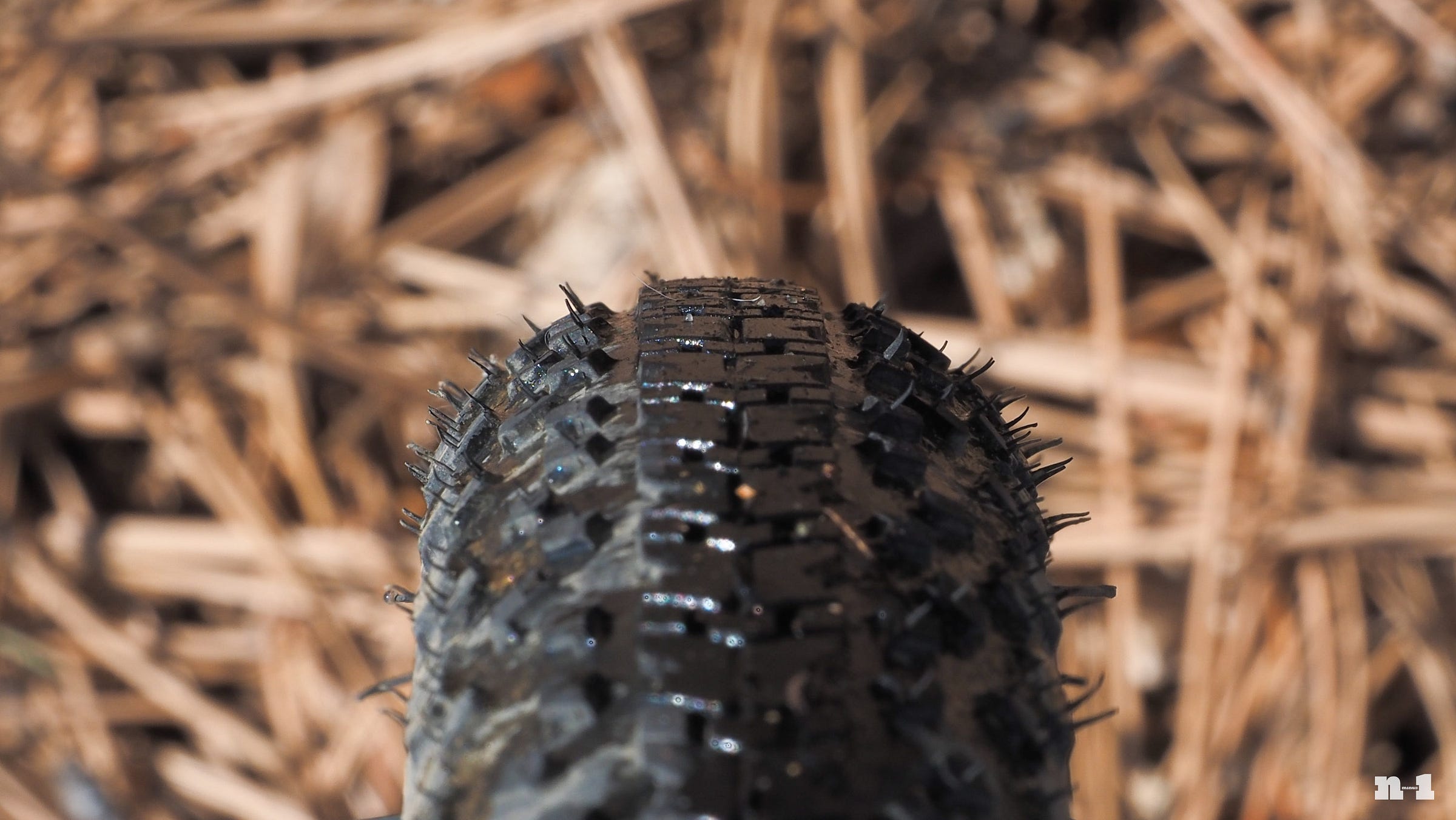

Looks like TRUDI can only be used for rims with spoke holes.
With regard to skiing, a lesson always helps and even a 1/2 day makes a huge difference in the fun factor. I’ve skied for well over a half century and was paid to do it for a couple decades, and I still take occasional lessons. As far as riding my bike over vs around, I wish I could take a quick lesson in riding over stuff as easily, but it seems only the school of hard knocks is readily available.